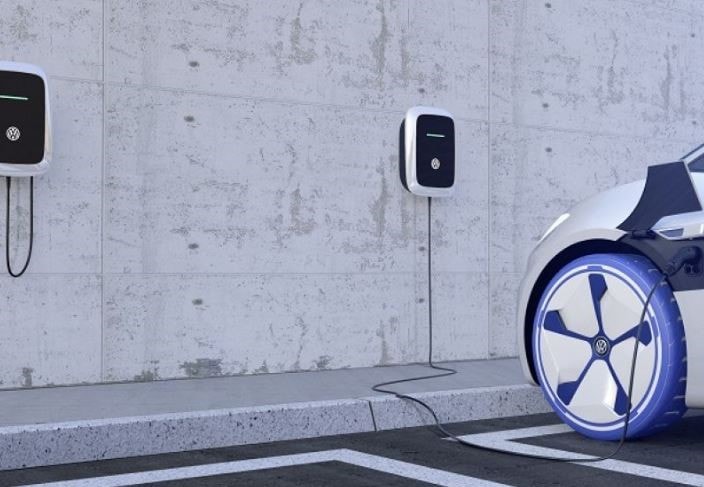More and more consumers are turning around sustainable mobility systems, especially in the face of trends to stop consuming fossil fuels. With this in mind, a German consortium developed a low-cost, lightweight battery for electric mobility applications
A German consortium formed in 2019 developed a low-cost, lightweight battery system for electric mobility applications. This electric vehicle housing and battery concept meets all requirements for mechanical performance, manufacturability and safety, while reducing unit weight by approximately 10%.
Members of the Lorenz Kunstofftechnik consortium (consisting of Forward Engineering, Evonik, Lion Smart, Vestaro and the recently included Minth), have developed a battery concept suitable for the series in three power configurations that they claim equal or exceed the current batteries. on the market in terms of energy density, safety and cost. Proper selection of material, as is often the case, was crucial to the success of the project.
Evonik’s Vestalite epoxy hardener was selected to optimize SMC
Through a statement, the consortium highlighted that carbon fiber reinforced sheet molding compounds (SMC) can be used for this application, but are expensive and generally not recyclable. For this reason, Evonik’s Vestalite epoxy hardener was chosen to develop an SMC with a density between 1.5 and 1.7 g / cm3, said Peter Ooms, director of operations at Lorenz Kunstofftechnik.
Using Evonik’s Vestalite S diamine-based epoxy hardener, Lorenz Kunststofftechnik developed a glass-fiber reinforced SMC suitable for the manufacture of battery housings for electric vehicles. Thanks to SMC technology, even comparatively complex geometries can be realized in a single production step.
The partners also chose aluminum for the battery housing support structure and the Lion Smart supercell concept was applied to the batteries, resulting in fewer components and allowing for fully automated production.
Extensive simulations were conducted
The companies participating in the project carried out extensive structural and safety simulations in the computer-aided engineering department of Forward Engineering. In particular, a 2D thermal simulation of the battery pack verified the insulating properties of the SMC epoxy shell.

